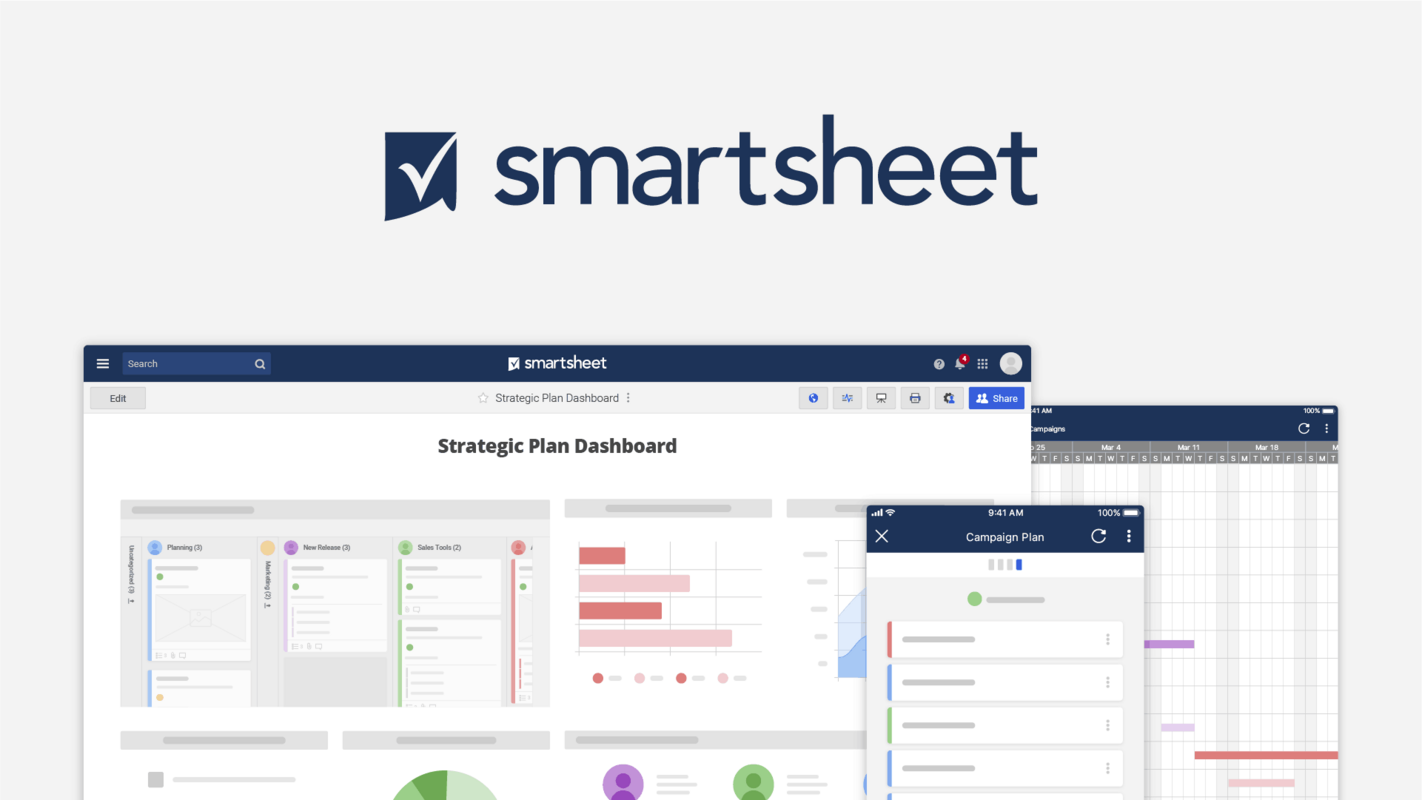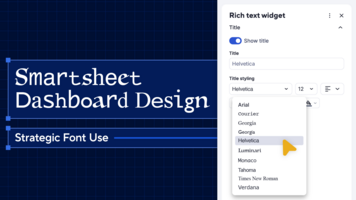
At some point, just about every decision made in a large organization requires stakeholder buy-in – and when it comes to purchasing new software platforms for the business, you need to get your IT decision-makers on board.
Though "shadow IT" (the use of software and other information technology outside of IT's purview) is common in many organizations, taking a rogue approach to tech adds risk to any technology project. This can make it harder to apply holistic, company-wide approaches and processes, or introduce security risks that non-technical employees may be ill-equipped to deal with.
When business and IT leaders are aligned, companies are better able to find solutions that successfully support employee needs and organizational objectives with fewer downsides. But while one recent literature review from Stockholm University found that business-IT alignment is associated with better overall performance, the study also noted that for many companies, getting everyone on the same page is typically an elusive feat.
With the SaaS market forecasted to grow 27.6 percent in 2019, according to Gartner, it's a conundrum many companies currently face. And with the vast majority of enterprises reporting that they're dealing with a greater volume and scale of projects than in the past, work execution platforms are among the categories with potential for growth.
How can business units improve the odds of finding a work execution platform that both meets their needs and gets past IT gatekeepers? It starts with an understanding of how IT decision-makers evaluate solutions. According to a study by IDC, while business units have their own evaluation criteria, the things IT leaders look for encompass more than departmental business needs. Having an up-front grasp of what IT wants will help you more quickly home in on a solution that will satisfy everyone.




